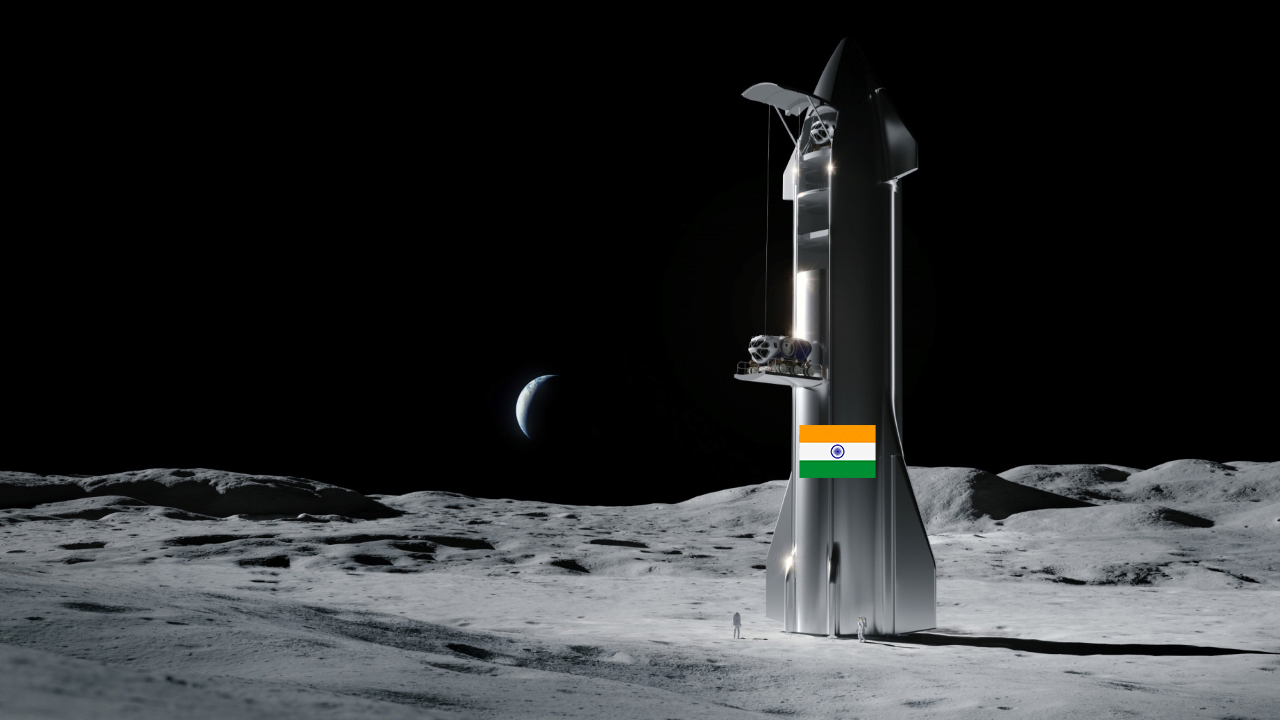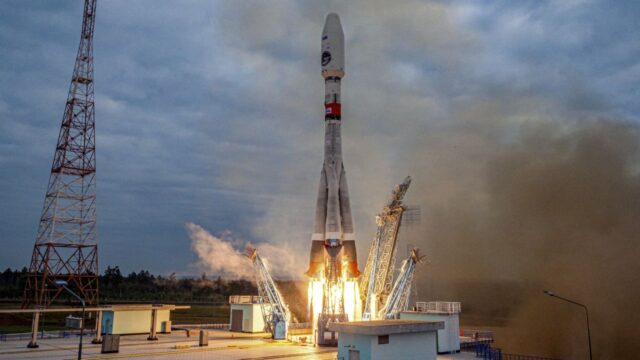After the failure of Russia’s Luna 25 lander due to a motor burn issue, India is set to land on the Moon with Chandrayaan 3 this Wednesday. If all goes as planned, the Chandrayaan 3 lander, named Vikram, will touch down on the lunar surface on Wednesday. Following India’s unsuccessful landing attempt during the Chandrayaan 2 mission in 2019, the outcome is eagerly anticipated.
India will land on the Moon on Wednesday
Russia’s Luna 24 mission successfully brought lunar samples back to Earth in 1976 with a robotic spacecraft. Since then, privately-funded landers managed by Israeli and Japanese teams have attempted lunar surface landings in 2019 and in April of this year, both of which ended in failures. India’s Chandrayaan 2 mission from four years ago also falls under this category.

India developed the Chandrayaan 3 mission for approximately 90 million dollars and subsequently launched the spacecraft on July 14th. Chandrayaan 3 was launched with a propulsion module that would propel it from Earth’s initial orbit around the Moon, and it reached the lunar orbit on August 5th. The spacecraft was then maneuvered into a tighter loop in the lunar orbit, and Chandrayaan 3’s Vikram lander separated from the propulsion module last week.
Over the weekend, the Vikram lander conducted maneuvers to an elliptical orbit, approaching the lunar surface up to 25 kilometers. The Indian Space Research Organisation stated that the lander would be ‘subject to internal checks and await sunrise in the designated landing area.’ The powered descent is expected to start around 20 minutes before landing.
A series of cameras will scan the surface for hazards and provide input to the lander’s autonomous navigation system, helping it steer clear of rocks or craters. If the landing is successful, Chandrayaan 3’s Vikram lander will be the first vehicle to explore an area so close to the Moon’s south pole. Upon landing, the Vikram lander of Chandrayaan 3 will deploy a small rover named Pragyan.
The Indian Space Agency stated that the solar-powered mobile robot will ‘conduct chemical analysis on the lunar surface.’ The lander is designed to operate for approximately 14 days. Following the unsuccessful Chandrayaan 2 mission, India aims to make a successful mark with this mission.














